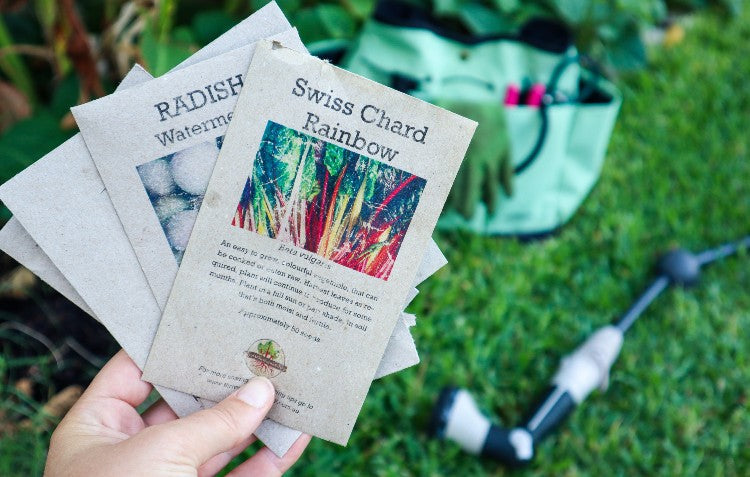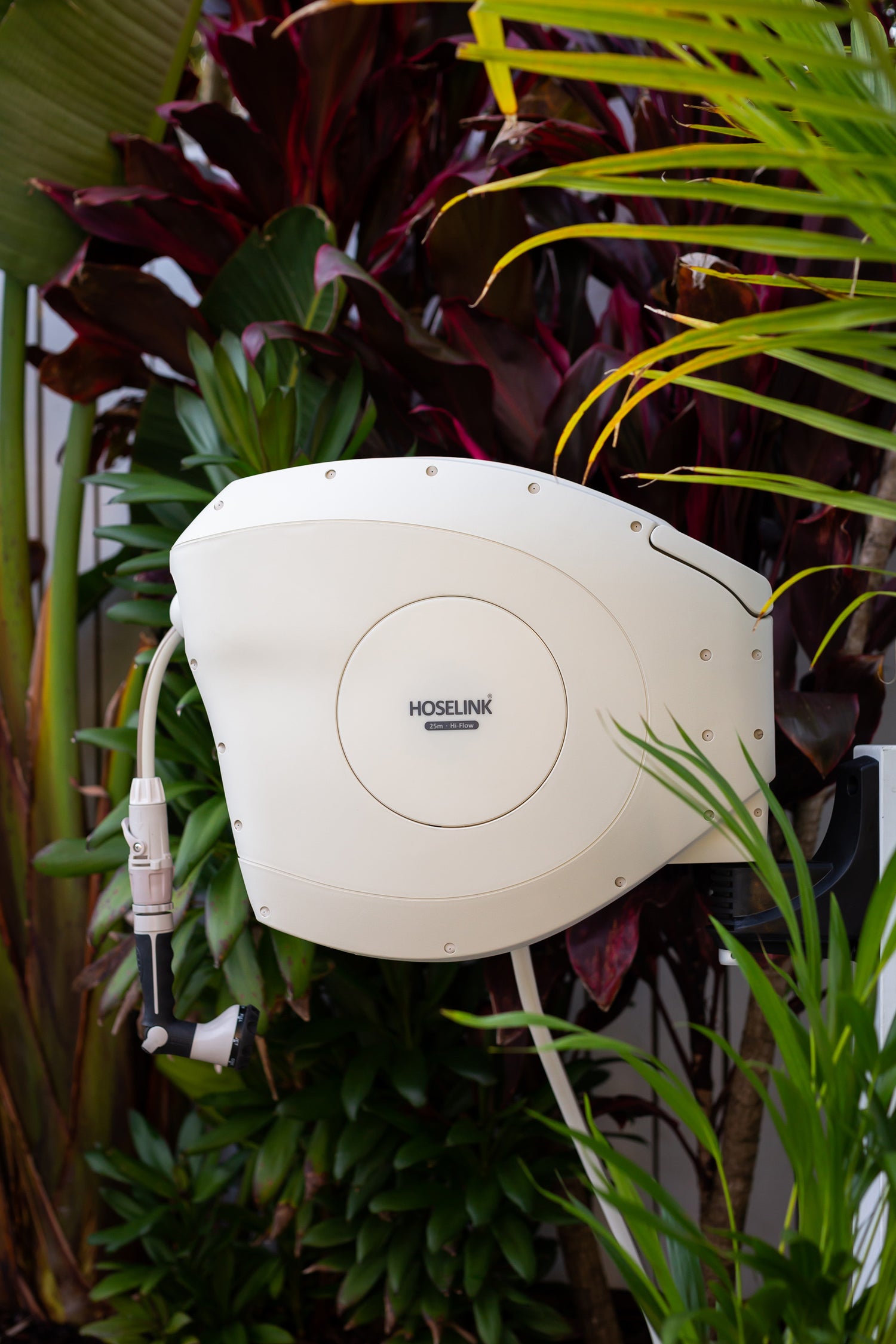Are you looking for edible plants to grow in the shade? These 15 edible plants are perfect to grow in the shady corners of your garden and still produce nutritious food. As we head into the cooler seasons of Autumn and Winter, the sun tracks lower in the sky and this can create more areas of shade in your home garden. Longer shadows are cast from neighbouring trees, sheds, and fences. Once you identify these areas and what that micro-climate looks like each season, you can design your garden to maximise these growing spaces.

If you have a small garden that receives shade for most of the winter, growing in pots, containers, or grow bags can be a great way to maximise sunlight hours and grow more food. Move your pots around to find the optimum sunny spot during the change of seasons.
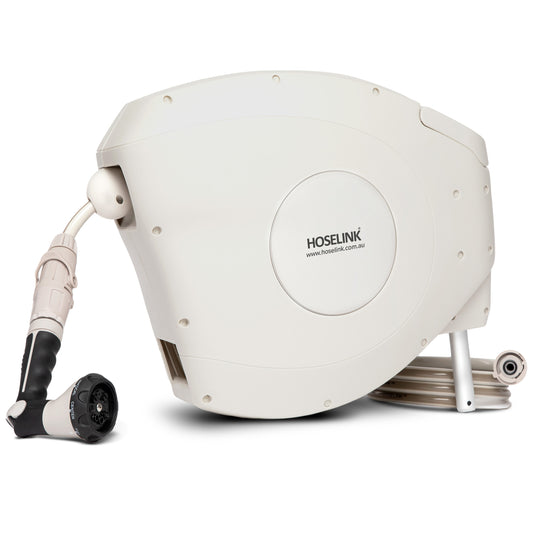
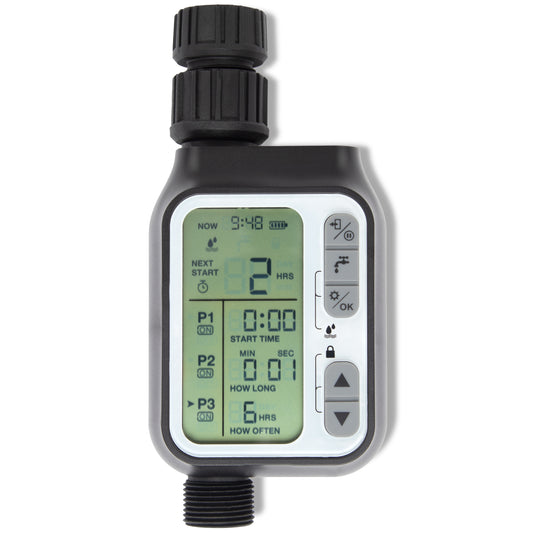
For many of these edible plants, full - partial shade is not the optimum growing condition, however, they will still produce food at a slower rate.
Edible plants that grow in the shade
Rocket - Eruca sativa
Rocket is quick growing and can tolerate shaded areas of the garden. Rocket can become increasingly bitter if it is under-watered. As Rocket is a short-lived plant it can be a great filler for in-between spaces whilst other vegetables grow. For continuous harvest, sow new patches every few weeks. Rocket is a fresh, flavoursome and nutritious addition to any meal.
Rainbow Chard - Beta vulgaris
Rainbow chard brightens up a winter garden with its dazzling bright neon stems. Rainbow chard is a powerhouse producing leafy green. With its large leaves to capture sunlight, Rainbow Chard can grow in more shady areas of the garden. It will grow slower, but you will still get adequate food because it is such a generous plant. Use your rainbow chard as you would spinach, chopped up in a stir-fry, soup or even blanched and used as a wrap!

Sweet Potato - Ipomoea batatas
Sweet potato is a vigorous growing plant. The Sweet potato grows with a vine-like structure that can be trained to grow vertically or as a lush edible ground cover. Due to their fast-growing nature, sweet potatoes can handle growing in shaded areas during the warmer months. They may produce smaller sweet potato tubers, but the leaves are also edible. Sweet potato leaves can also be used as a substitute for spinach so even with low sunlight, you can still produce a nutritious crop of Sweet Potato leaves.
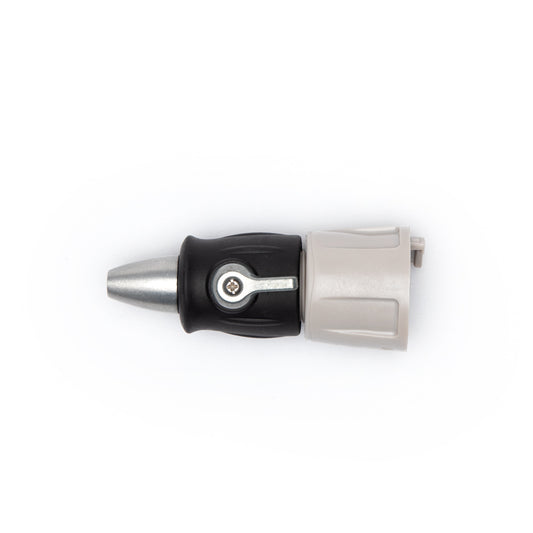
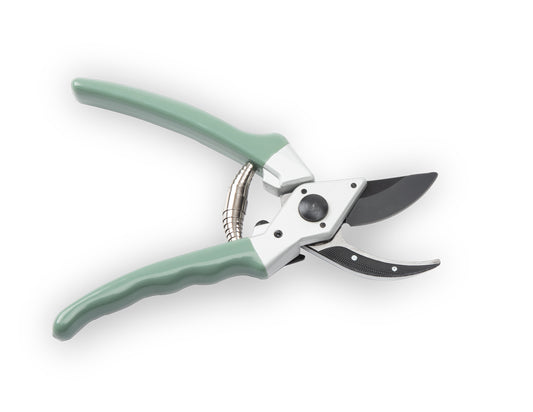
Lettuce - Lactuca sativa
Lettuce can be grown in part or dappled shade. Especially in the warmer months, lettuce will be less likely to bolt when it is grown in a cool shaded spot. Lettuce can also be grown in pots and grow bags for a quick and easy, fresh addition to your meals.

Nasturtium - Tropaeolum majus
Nasturtiums are perennial plants that grow well in shaded areas of the garden. Nasturtiums produce lush green lily pad leaves and beautiful vibrant flowers. All parts of the Nasturtium plant are edible including the leaves, stems, flowers and seed pods. Nasturtiums are vigorous growers and will spill over into pathways and across garden beds. Don't be afraid to give them a good haircut.
Alpine strawberries - Fragaria vesca
Alpine strawberries are also known as wild or woodland strawberries. Alpine strawberries are compact, delicate plants and have smaller fruit than standard strawberries. Alpine Strawberries are great for planting along the edges of garden beds and as a low lying edible ground cover. Alpine strawberries will produce fruit with part shade or approximately 4 hours of sunlight per day.
Tamarillo - Cyphomandra betacea
Tamarillo often called the tree tomato, is an evergreen Perennial. The Tamarillo needs shelter from the wind and frost so it can be a good idea to plant it as an understory plant. In tropical and subtropical climates, the tamarillo will thrive in part shade.

Kale - Brassica oleracea
Kale is a versatile leafy green that can be used in salads, stir-fries, smoothies or even crispy Kale chips. Kale will grow a little slower in the shade, but it is a beautiful ornamental plant. Kale can provide a steady supply of food if you harvest the outer leaves and let them continue to grow.
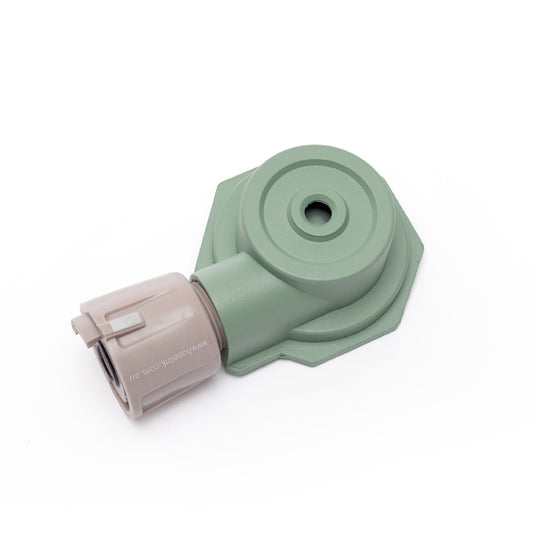
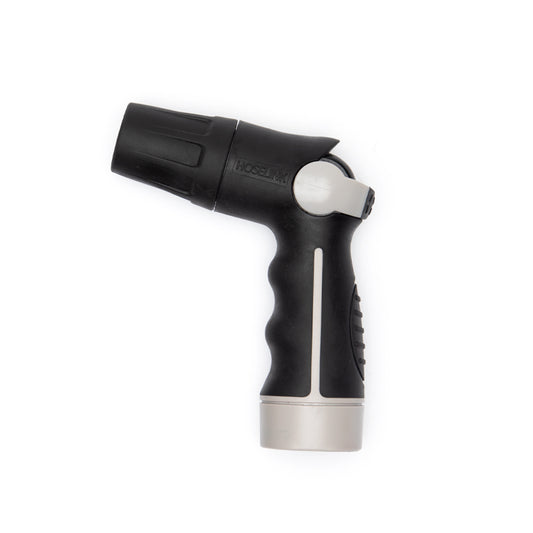
Ginger - Zingiber officinale
Ginger is a beautiful ornamental plant with lush green leaves, and it produces striking flowers. Ginger can be grown in pots or grow bags and produces edible rhizomes that are packed full of flavour and medicinal qualities. Ginger prefers dappled shade and is a great middle layer to have in your food forest or under larger canopy trees.
Parsley - Petroselinum sativum
Parsley is a popular herb in the kitchen because it is packed full of flavour and vitamins. Parsley grows well in the shade and can be grown in pots or indoors on a sunny windowsill. Parsley can be used in salads, pesto, or as a garnish. Parsley is a great addition to your kitchen garden.
Blueberry - Vaccinium
Blueberries grow as an under-story shrub in their natural habitat in North America. There are now many different varieties of Blueberry that have been cultivated to suit all types of climates here in Australia. The key factor in growing blueberries is to ensure they have compost-rich, acidic soil (pH 4.5-5.5) with good drainage. Blueberries can also be grown in pots or grow bags to help maintain a controlled soil ph.
Celery - Apium gravolens
Celery is a delicious and refreshing vegetable to grow at home. Celery can handle part shade and prefers moist soil. If Celery dries out the stalks become bitter and stringy. Celery can take a while to start growing but it grows faster towards the end of its growth cycle. Celery can spread like a weed if you allow it to go to seed so it can be a good idea to harvest it before it flowers.
Radish - Raphanus sativus
Radish is quick growing and great to plant in between your other vegetables. They can handle the shade and will often be ready to harvest well before your other plants have started taking up space. The whole plant is edible, and the leaves are great in a pesto or Chimichurri dressing.

Queensland Arrowroot - Canna edulis
This edible canna is a lush and tropical looking edible plant that can grow in dappled or part shade. The Queensland arrowroot has edible tubers that can be used similar to potatoes. The large green leaves are great for wrapping food similar to banana leaves. A great ornamental edible to grow in the shade.

Cardamom Ginger - Alpinia mutica
Cardamom ginger is another ornamental edible plant to grow in the shade. The leaves are sensitive to harsh sunlight and frosts, so it suits a protected filtered sunlight location. Perfect to grow as an understory plant. The Cardamom Ginger has a tropical and fragrant leaf that can be used to flavour rice, fish, drinks, or curries.
Note: Ginger and Cardamom ginger plants can expand and grow quickly, so growing them in a pot or planter bag can be good. Check with your local council for any restrictions on invasive varieties.

Adapt your watering
It is important to adapt your watering schedule and monitor the moisture in the soil. Shady areas receive less direct sunlight and heat; therefore, the soil will retain more moisture. You don't want to be overwatering and creating a waterlogged environment or the plants may get root rot and powdery mildew. An automatic tap timer with a rain sensor is perfect for helping control the moisture level in your gardens.

Watch out for pests
Cool, dark, damp areas can be a breeding ground for some garden pests such as slugs and snails. Check on the inside of garden edging or garden beds regularly as well as the underside of leafy greens. Crushed eggshells around your smaller plants may help with natural pest control or employ chickens or ducks to lend a helping hand.

Slower growth
Due to the reduction or fewer sunlight hours, you can expect your fruit and vegetables to grow at a slower pace. This can work out perfectly for edible plants that you only use in small amounts or now and then such as herbs. For abundant producers such as Rainbow Chard and Nasturtium, a slower growth rate can often be more manageable to harvest and cook. If you are worried about the slow growth rates, plant a few extra seedlings to boost your garden harvests.

